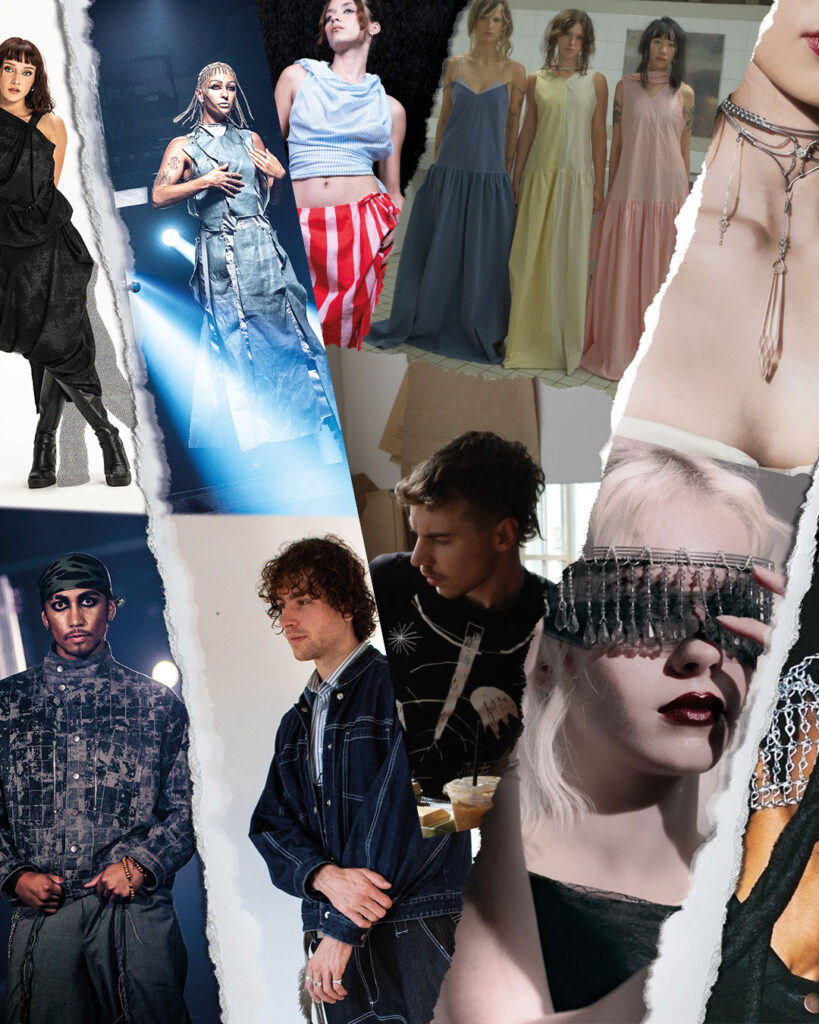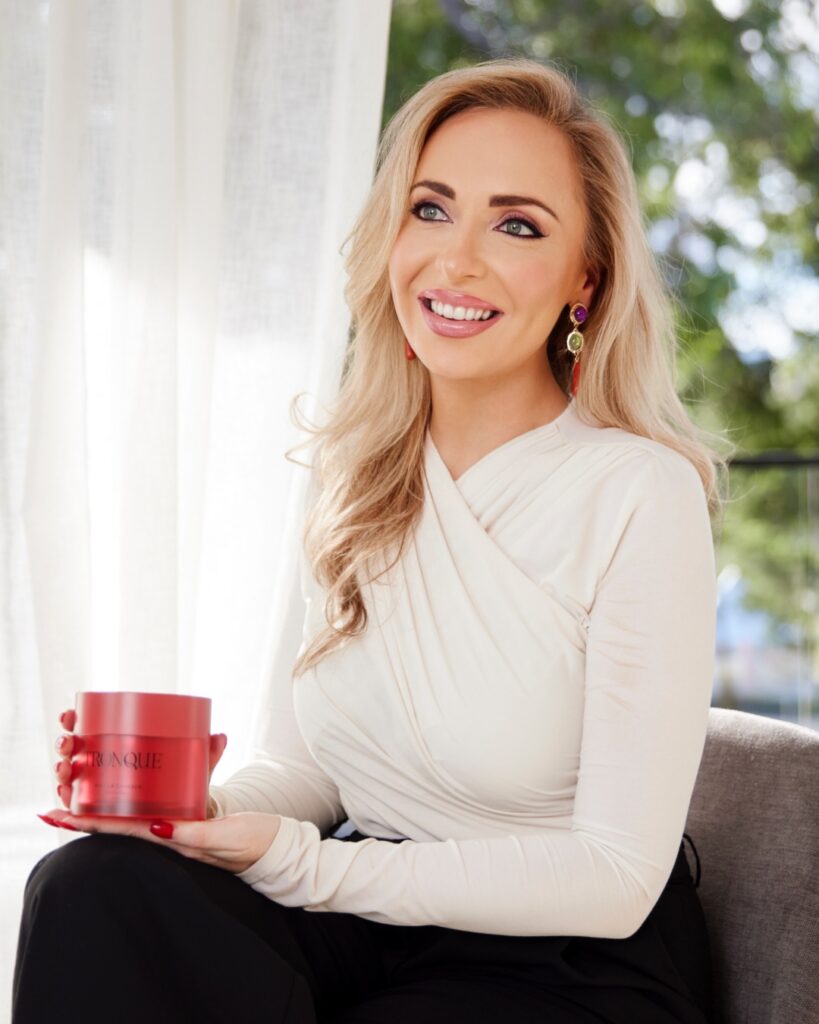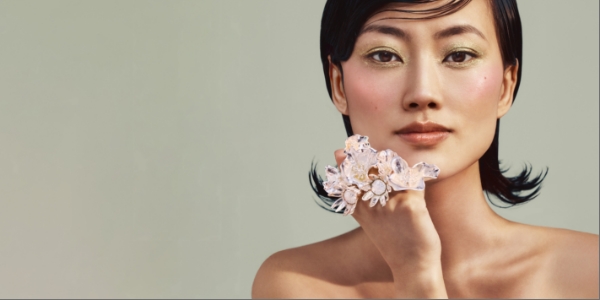
The supremely stylish don’t simply don expensive designer labels. They use their sharp fashion sense to mix luxury and high-street brands – think Prada to Zara – with vintage finds.
David Jones has just opened its doors in Wellington, offering Balenciaga, Alexander McQueen, Valentino, See by Chloe and Saint Laurent for the first time in New Zealand. Meanwhile, it’s been a year and a half since Prada joined Gucci, Dior and Louis Vuitton on Auckland’s Queen Street, and H&M (well-known for its high-fashion collaborations) and Zara (which arguably produces the best runway interpretations), will soon launch in Auckland’s Sylvia Park to compete with Topshop.
The British retail icon unveiled a multi-level store on Queen Street last year, offering full, in-season collections. H&M and Zara will follow the affordably stylish Nine West, French Connection, Victoria’s Secret and Seed Heritage, who have all set up shop here in the last 12 months.
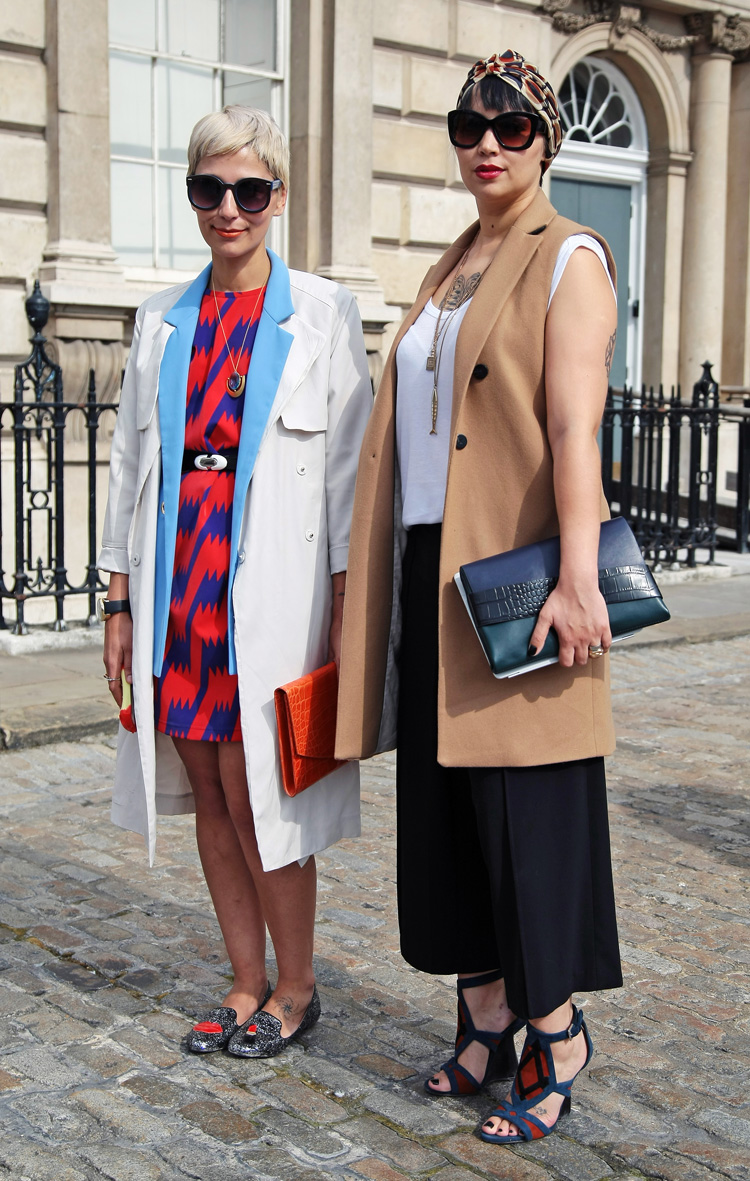
No wonder there’s a renewed focus on high-low dressing, the stylist secret of mixing designer items with fashion-conscious mass market brands and vintage finds. With so many international high-end and fast fashion brands descending, and New Zealand designers creating their own sought-after collections at every price point, knowing when to splurge and when to save has become its own style status symbol.
The high-low trend can be traced back to Patricia Field, the New York boutique owner who first styled Sarah Jessica Parker and her pals for Sex and the City two decades ago. When Michelle Obama became First Lady of the United States, she followed this fashion philosophy, often wearing kitten heels and sparkly belts from J.Crew with her high-end lineup of Reed Krakoff or Oscar de la Renta dresses and Narciso Rodriguez coats, while also supporting young American designers.

Through the Advanced Style blog and 2015 documentary, Iris, the world was introduced to Iris Apfel, now 94, who has long expressed her style by wearing $1 bangles with Balenciaga. Plus, there’s a laundry list of celebs and models who regularly dip into the bargain bin or trawl vintage stores for items to wear with Chanel or Celine, sometimes even on the red carpet: Charlize Theron, Diane Kruger, Beyonce, Kate Moss and Kendall Jenner – the latter three all having designed collections for Topshop.
Finally there’s “The Kate Effect.” Kate Middleton proves in almost every paparazzi shot, that having all the money in the world doesn’t mean you don’t shop intelligently. The Duchess of Cambridge’s clever finds see women around the world rushing out to copy her royal look. Take the $150 Zara blazer that she wore on her recent visit to New Zealand, which sold out in a matter of hours.
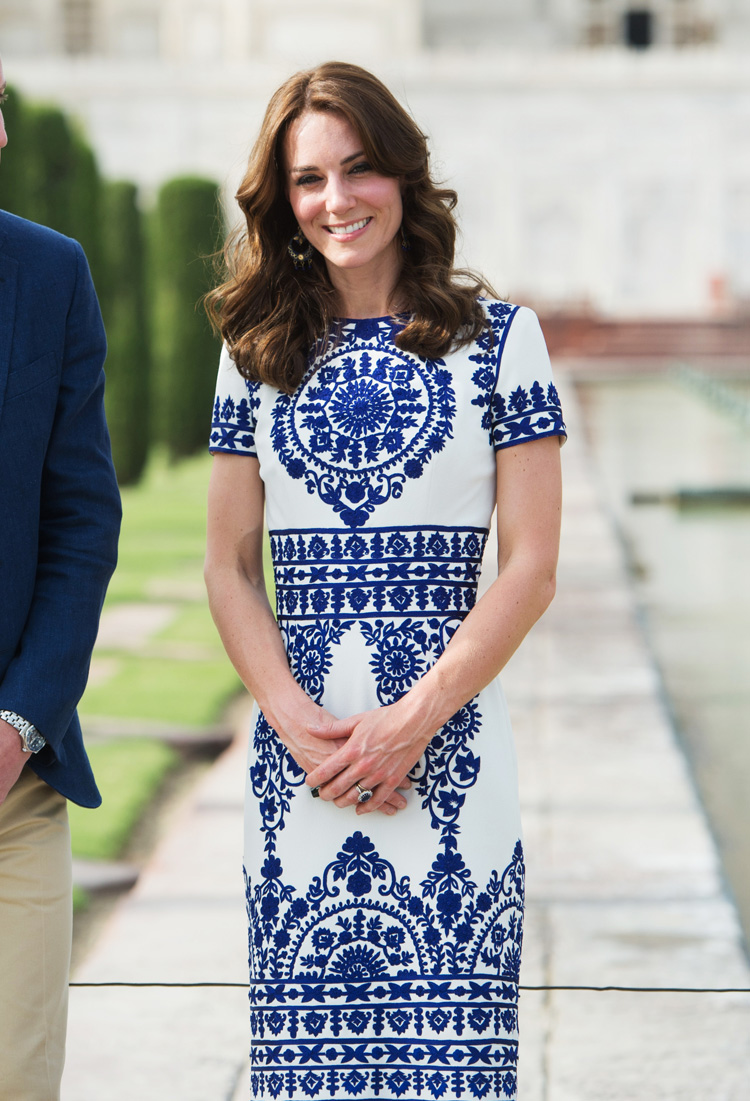
“This is the way that women shop now,” agrees Kate Benson, David Jones’ Australian and international designer buyer, who makes sure the store offers a good mix of price points. When it comes to fast fashion, stores like Zara, H&M and Topshop give us the ability to be more experimental with the way we are dressing.
“The price point eliminates that all-too-familiar ‘purchase hesitation’ and you still have money in the bank for investment pieces,” says Topshop Topman NZ product manager, Sarah Harris.
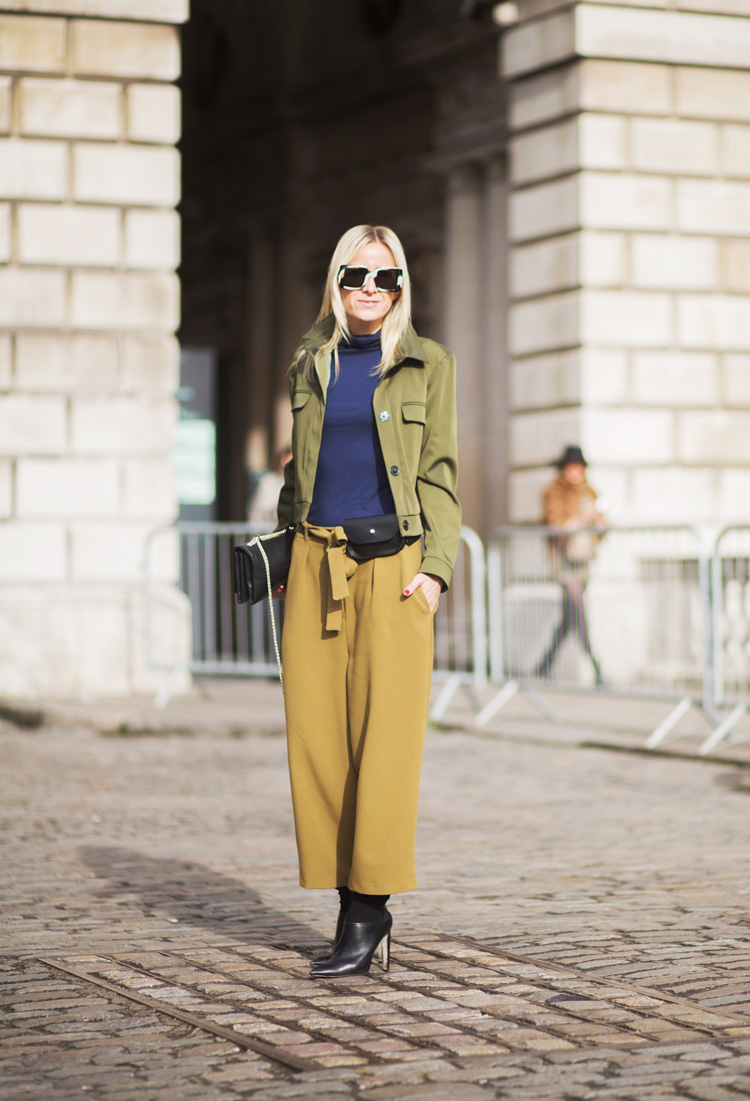
So how to know when to invest and when to rein it in? Simply You editor Naomi Larkin says: “My style is about creating a look that’s different, that works with my body type, reflects my personality and means I have fun with fashion.”
Larkin often wears Dries van Noten, Yohji Yamamoto, Marni, Rick Owens, Zambesi and Nom*D with op-shop pieces, on-sale knits from Country Road and items from Zara, Uniqlo, COS and Glassons. Vintage and designer recycling add another layer.
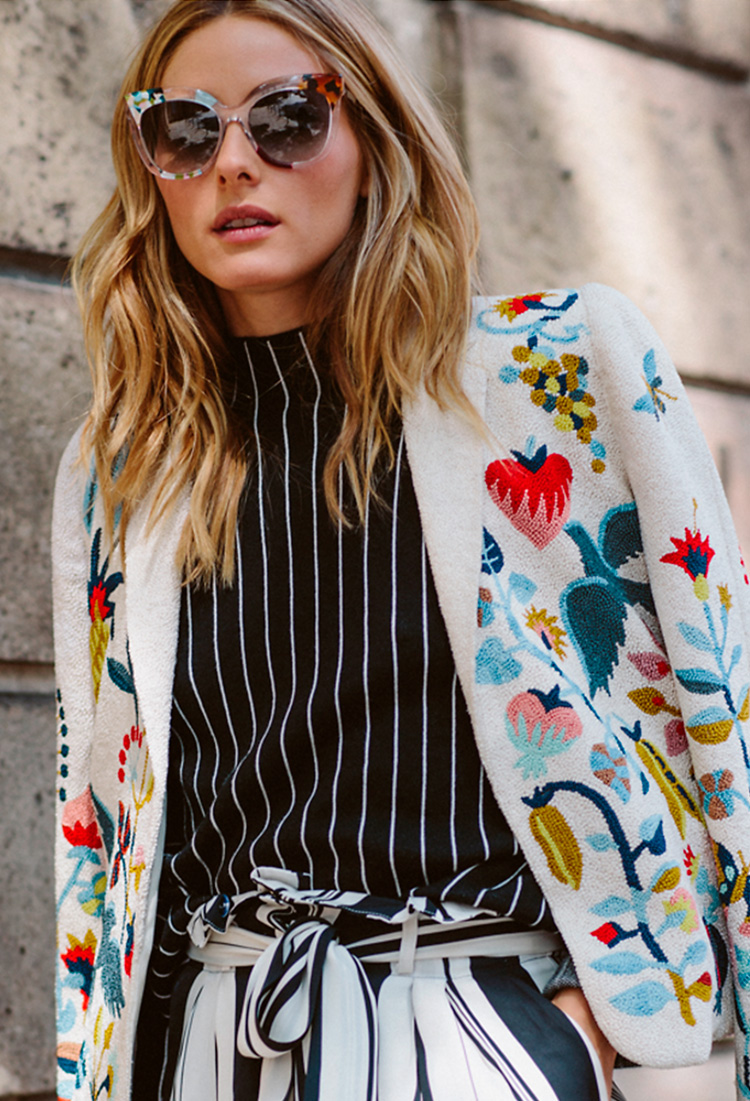
“I’ll buy someone else’s designer cast-offs and when they no longer work for me I’ll put them back into the cycle,” she says. Roanne Jacobson, owner and designer of Saben handbags, who wears merino basics from Max and fashion-forward pieces from Zara and H&M with Saint Laurent, Chloe, Celine, Miu Miu, Comme des Garçons and Zambesi, adds: “Anything that makes it easier to express your individuality without having to break the bank has to be a good thing.”
For Jacobson, glasses, handbags, jewellery, jackets and shoes are worth splurging on. “The added benefit is that you can recycle them as styles go in and out.”
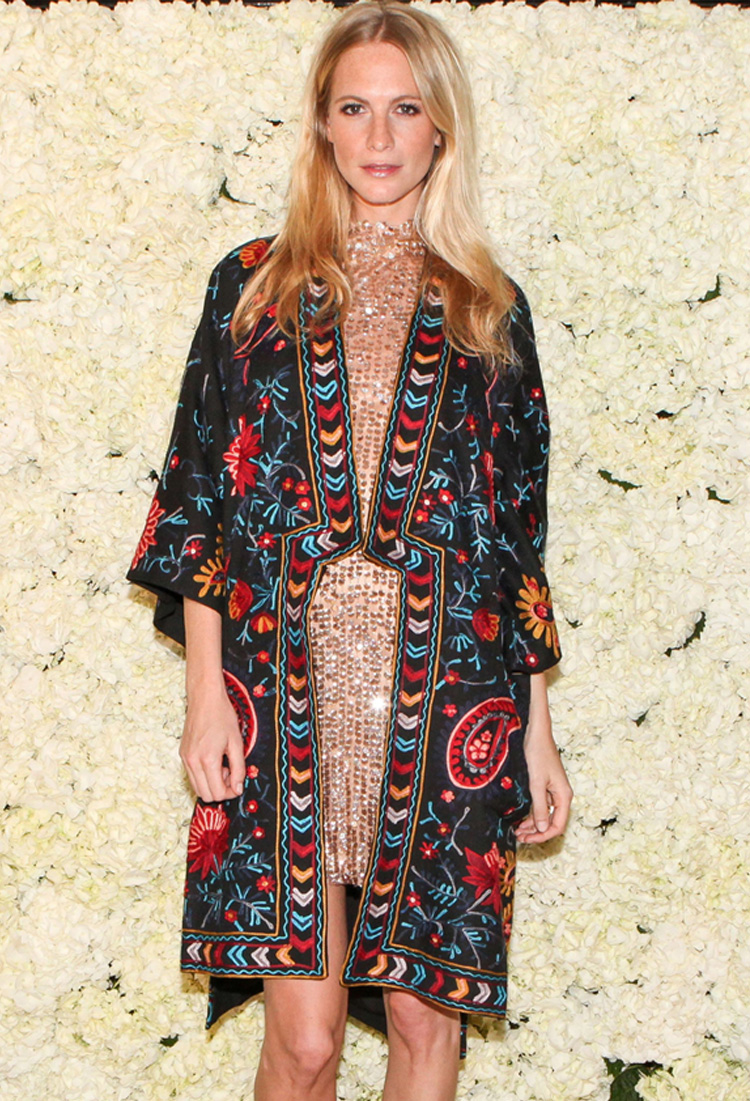
For Auckland-based stylist Kylie Cooke it’s about the hunt, regardless of the price tag. She lists Dries Van Noten, Jill Sander, Rochas, Karen Walker, Kate Sylvester, Miss Crabb, Zambesi and Trelise Cooper as high-end favourites and Topshop, op-shops or even Kmart as venues for great finds.
“I have a Victorian lace blouse that I bought years ago at the Aotea markets that I still wear today. It’s classic and won’t ever date – probably the best $30 I’ve ever spent.” But, she adds, “as my style and taste has developed I’ve learnt the value an investment piece can give me. It’s about knowing I can get the wear out of a pair of shoes, like the Gucci sneakers I recently bought.”
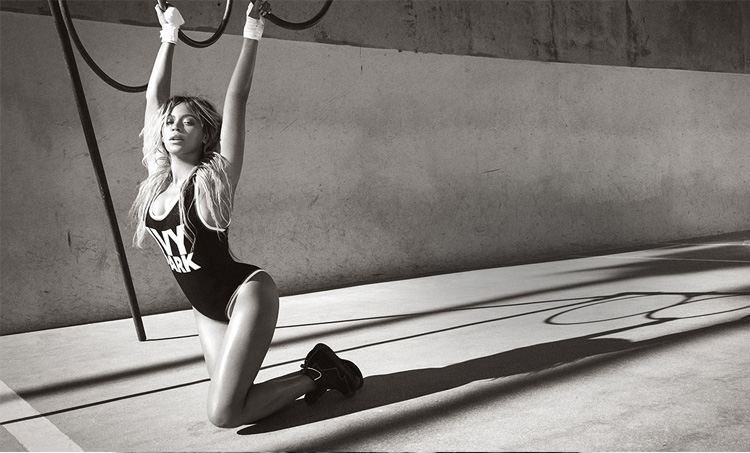
Imogene Bevan, the owner of Pop Nails who regularly combines Topshop, COS and vintage pieces with Karen Walker, Saint Laurent and Balenciaga, also tends to splurge on accessories more than clothing.
“My internal ‘cost per wear’ calculator lets me feel more at ease with a $4,000 bag than it would if I spent the same on a skirt,” she explains.
Still, high-low can work the other way round. “I love bags, but I’ll buy a designer one that’s pre-loved or something quirky that’s vintage, rather than buy a brand new one each season,” says Larkin, admitting that New Zealand-made brand Deadly Ponies is the exception.

Shoe designer Kathryn Wilson agrees: “I like to invest in classic pieces for my wardrobe, like the Juliette Hogan leather tunic dress that I have in three colours, and have fun with accessories that are more on-trend and directional.” To that end, she launched a more affordable range, Miss Wilson, in 2011.
So where do you draw the line when it comes to cheap-chic? David Jones’ Kate Benson warns: “Be mindful of fabrics. You can find great quality, natural fibres at a cheaper price point, but invest a bit more in the more tailored pieces such as jackets or trousers as you will really be able to see the quality.” Imogene says: “Dodgy sunglasses are always a dead giveaway.”
Meanwhile, faux luxury handbags are a deal breaker for Kylie. “They never quite cut it. Somehow you can always see the lack of quality,” she says. Roanne agrees: “I am very wary if something is so cheap that you can’t believe it was made for that price. Be aware someone is losing out, and most likely it’s the people making the items.”


